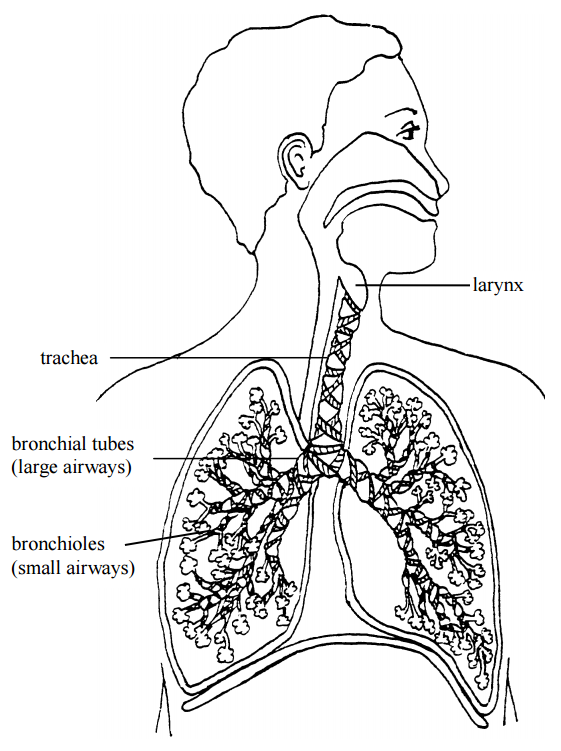Bronchoscopy and/or Laryngoscopy
What is a bronchoscopy and/or laryngoscopy?
In surgery, the doctor uses instruments including a slender tube with a light on the end to look at the respiratory tract including larynx (voice box), trachea (windpipe), and bronchial tubes (airways). This helps the doctor better understand and treat your child's breathing problem.

Why does my child need laryngoscopy and/or bronchoscopy?
Laryngoscopy and bronchoscopy is recommended for children when there is concern for abnormalities of the airway, including children with noisy breathing and children who aspirate (accidentally breathe in) food or drink. These problems are most common before the age of 3 years, although older children may have these problems too.
How is laryngoscopy and bronchoscopy performed?
These procedures are performed by an ear, nose, and throat surgeon. Using an endoscopic (thin long tube) camera inserted through the mouth, the surgeon will inspect and take pictures of your child’s airway.
This procedure is performed in a hospital operating room and does require general anesthesia. This means your child will be fully asleep and carefully monitored during this procedure. You will have a chance to talk with the anesthesiologist on the day of surgery to discuss any questions you may have about the safety and risks of anesthesia.
Are there any instructions I need to follow before surgery?
Your child must have a physical examination by his or her pediatrician or family doctor within 30 days before surgery. The doctor you see needs to complete the History and Physical form provided by our office. You must bring the completed form with you the day of surgery. For your child's safety, it is very important that he or she have an empty stomach when anesthesia is given. Please follow Children’s Hospitals’ Eating and Drinking Guidelines. If you do not follow these guidelines, your child's surgery will be cancelled.
What can I expect after surgery?
The procedure usually takes no more than 10 or 15 minutes if no additional interventions are required. Your child will wake up in the recovery room after surgery. This usually takes 20 to 30 minutes. When your child is awake, they will be taken to the discharge area to complete the recovery. You can be with your child once they have been transferred to the discharge area.
- Fevers up to 102.0 F are considered normal after surgery. Call your provider for fevers over 102.0 F that do not come down with acetaminophen Tylenol® (acetaminophen) and/or Children's Motrin® (ibuprofen).
- Your child may have a sore throat the day of surgery. This may be caused by the use of the airway camera. You can treat any short-term discomfort with Tylenol® (acetaminophen) or Children's Motrin® (ibuprofen).
- You will get a Discharge Instructions sheet before you go home which will indicate how much medicine to give and how often.
- You can expect your child to be back to his or her regular diet and activities within 24 hours after surgery.
- Your child may return to daycare or school the day after surgery.
Questions?
The information provided in this brochure is not specific to your child. This information is provided as a service to our patients. The information is for educational and informational purposes only and should NOT be used as a substitute for the advice of your child’s physician.
If you have any questions, please call Children’s ENT and Facial Plastic Surgery Clinic.
Reviewed 11/2022
This page is not specific to your child, but provides general information on the topic above. If you have any questions, please call your clinic. For more reading material about this and other health topics, please call or visit Children's Minnesota Family Resource Center library, or visit www.childrensmn.org/educationmaterials.
© 2024 Children's Minnesota
